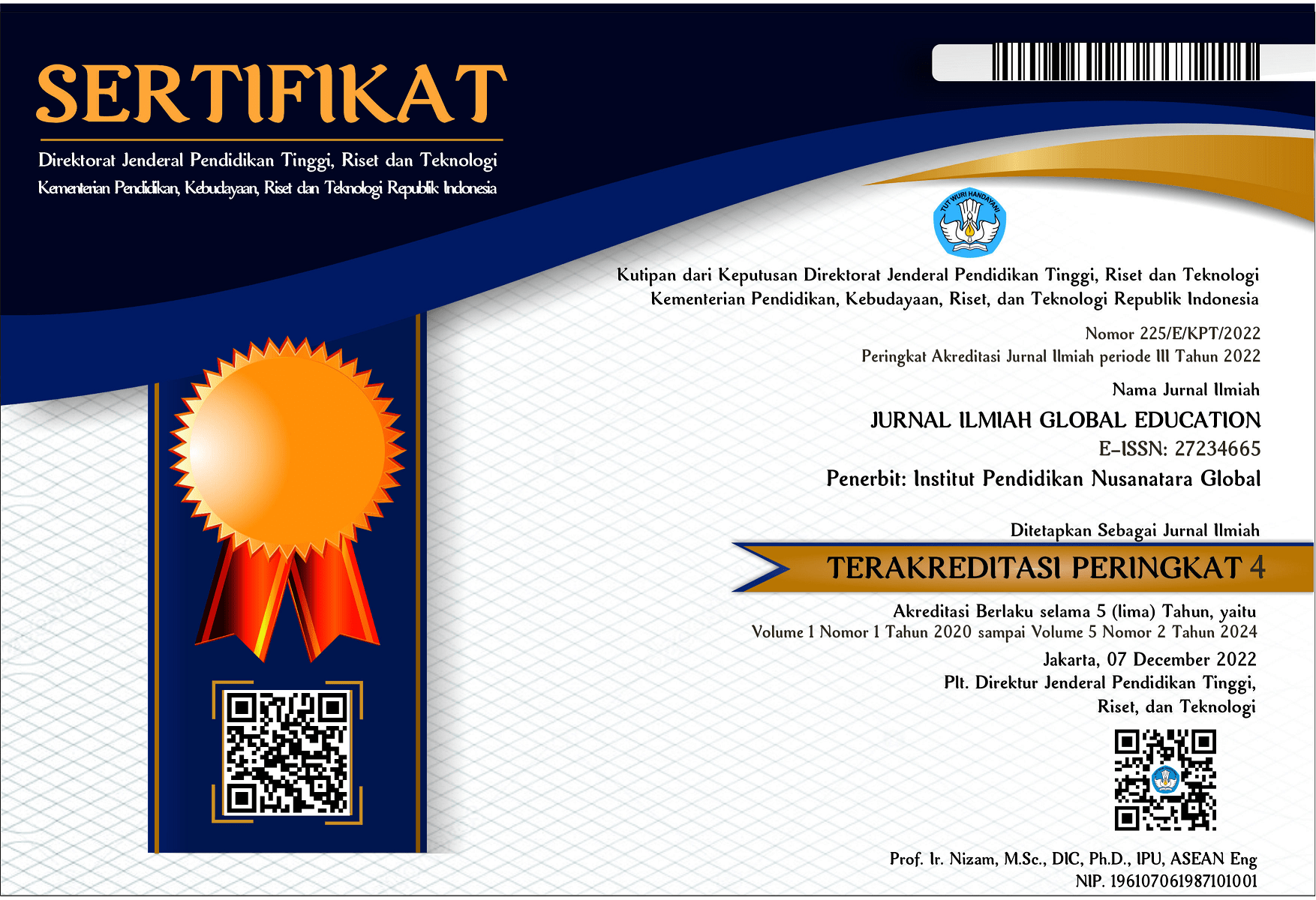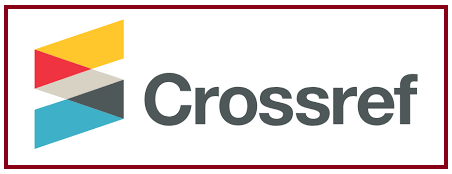ANALISIS KINERJA KEUANGAN PEMERINTAH DAERAH KABUPATEN BIMA TAHUN ANGGARAN 2017- 2021
DOI:
https://doi.org/10.55681/jige.v4i1.576Keywords:
Ratio Analysis, Financial Performance, Bima DistrictAbstract
The purpose of this study was to determine the regional financial management performance of the Bima Regency Government. This type of research is descriptive research with a quantitative approach. The data analysis technique used is to calculate the ratio of effectiveness, the ratio of regional financial independence, the ratio of the degree of decentralization and the ratio of activity (Direct and Indirect Expenditures). The Effectiveness Ratio of Regional Original Income (PAD) for Bima Regency shows that the implementation of dominant regional taxes and fees is at a low level (below 100%) or ineffective. Based on the calculation of the Regional Financial Independence Ratio for Bima Regency from 2017 to 2021, the relationship pattern from 2017 to 2021 is entirely instructive with very low finances. The Activity Ratio shows that the ratio of indirect spending to total spending is still greater than the ratio of direct spending to total spending. The conclusion from the financial performance analysis of the Bima Regency Government for 2017-2021 has not run optimally as expected.
Downloads
References
Anggaran, T., & Pandawa, J. (2016). Analisis Kinerja Keuangan Pemerintah Daerah Kabupaten Sukoharjo Tahun Anggaran 2011-2013. 1(1), 40–54.
Budianto, A. (2020). Analisis Rasio Kinerja Keuangan Pemerintah Kabupaten Magelang Tahun Anggaran 2016-2020. 32.
Digdowiseiso, K. (2022). Is Fiscal Decentralization Growth Enhancing? Economies, 10(3), 62.
Digdowiseiso, K., & Satrio, M.B. Pengaruh Rasio Kemandirian Keuangan Daerah dan Rasio Ketergatungan Fiskal Terhadap Indeks Pembangunan Manusia Pada Kabupaten dan Kota Provinsi Kalimantan Selatan. Fair Value: Jurnal Ilmiah Akuntansi dan Keuangan, 4(Special Issue 3), 1170-1181.
Digdowiseiso, K., Murshed, S.M., & Bergh, S.I. (2022). How Effective is Fiscal Decentralization for Inequality Reduction in Developing Countries? Sustainability, 14(1), 505.
Digdowiseiso, K., Murshed, S.M., & Bergh, S.I. (2022). What Drives Regional Proliferation in Indonesia? Assessing the Role of Institutions. Lex Localis – Journal of Local Self-Government, 20(1).
Hastuti, P. (2018). Desentralisasi Fiskal Dan Stabilitas Politik Dalam Kerangka Pelaksanaan Otonomi Daerah Di Indonesia. Simposium Nasional Keuangan Negara, 1(1), 785–787.
https://jurnal.bppk.kemenkeu.go.id/snkn/article/view/293
Mataris, H., & Digdowiseiso, K. (2022). Analisis Kinerja Keuangan Daerah Kabupaten Magelang Tahun 2017-2019. In Populis : Jurnal Sosial dan Humaniora (Vol. 7, Issue 1). https://doi.org/10.47313/pjsh.v7i1.1049
Rr. Suprantiningrum, S. (2015). Analisis Kinerja Pengelolaan Keuangan Daerah dan Tingkat Kemandirian Daerah di Era Otonomi Daerah (Studi Kasus Kota Semarang Tahun 2009-2013). Media Ekonomi Dan Manajemen, 30(1), 30–40.
Surastowo. (2019). Analisis Kinerja Pengelolaan Keuangan Daerah Pemerintahan Kabupaten Lampung Timur. Jurnal Simplex, 2(3), 175–185.
Downloads
Published
How to Cite
Issue
Section
License
Copyright (c) 2023 JURNAL ILMIAH GLOBAL EDUCATION

This work is licensed under a Creative Commons Attribution-ShareAlike 4.0 International License.













